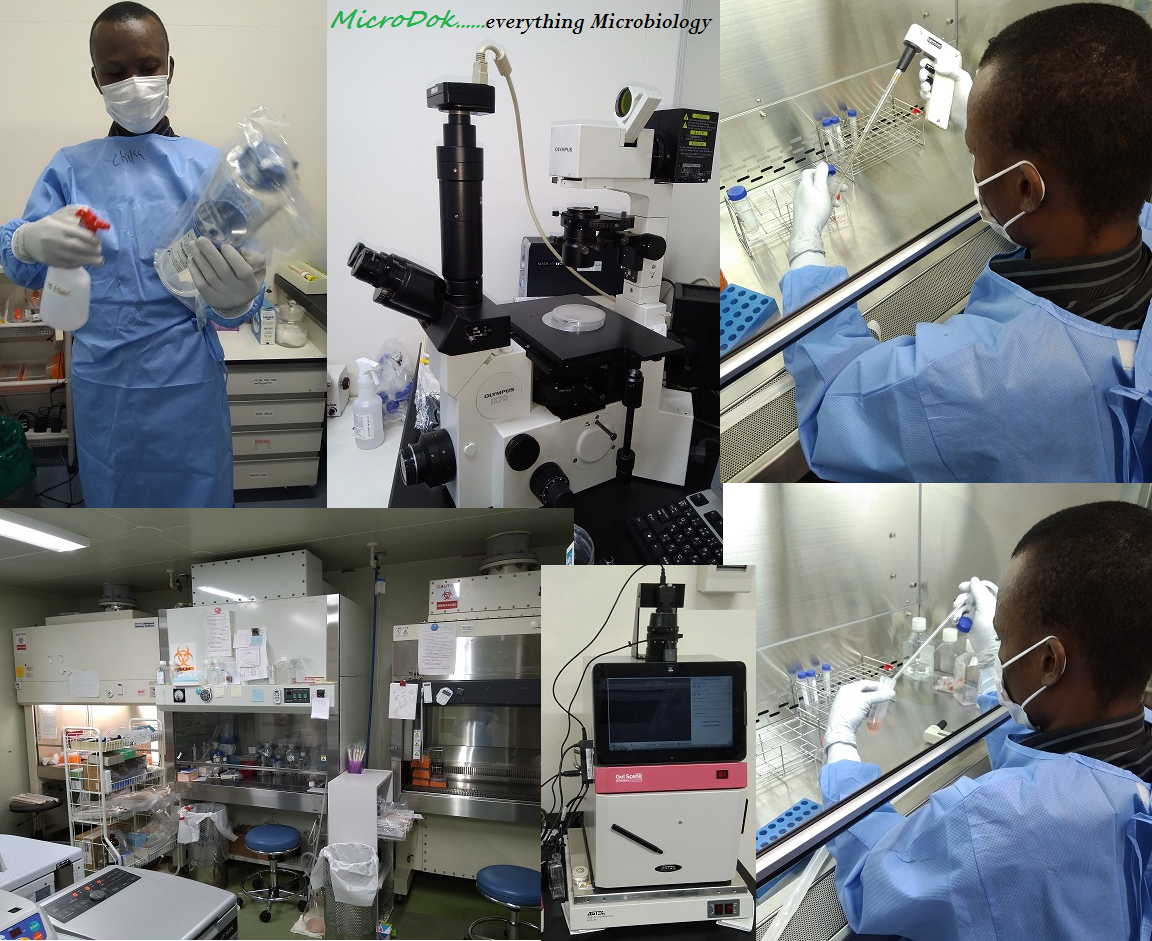In describing the health status of any population, useful data (in terms of health-related issues) from members of the community are crucial to determining the disease agent, mode of transmission, key symptoms/syndrome, type of disease, control and the establishment and evaluation of interventional measures.
Epidemiologist work with data and, epidemiological studies are exclusively based on a controlled collection of observations (data) related to the pathological (disease) state of members of a given community. These data when collected are subjected to various examinations that will lead to the development of key points that will be used for testing statistically the hypothesis on ground as it relates to the disease being studied.
Such data are not necessarily sourced from a laboratory analysis or from on-spot investigation of the samples from the community, but instead data for epidemiological studies are obtained from some data collection units of the community/population and; they are as follows:
- Health statistics from national or state ministry of health
- Birth registers
- Epidemic investigation data/results
- Population census
- Death registers
- Blood banks
- Laboratory registers
- Routine health information surveillance (HIS) records
- Surveys from population sampling
- Immunization program registers
- Surveillance and disease monitoring systems
- Investigations of epidemics
References
Aschengrau A and Seage G.R (2013). Essentials of Epidemiology in Public Health. Third edition. Jones and Bartleh Learning,
Aschengrau, A., & G. R. Seage III. (2009). Essentials of Epidemiology in Public Health. Boston: Jones and Bartlett Publishers.
Bonita R., Beaglehole R., Kjellström T (2006). Basic epidemiology. 2nd edition. World Health Organization. Pp. 1-226.
Brooks G.F., Butel J.S and Morse S.A (2004). Medical Microbiology, 23rd edition. McGraw Hill Publishers. USA.
Castillo-Salgado C (2010). Trends and directions of global public health surveillance. Epidemiol Rev, 32:93–109.
Centers for Disease Control and National Institutes of Health (1999). Biosafety in Microbiological and Biomedical Laboratories, 4th edn, Washington DC: CDC.
Gordis L (2013). Epidemiology. Fifth edition. Saunders Publishers, USA.
Guillemin J (2006). Scientists and the history of biological weapons. European Molecular Biology Organization (EMBO) Reports, Vol 7, Special Issue: S45-S49.
Halliday JE, Meredith AL, Knobel DL, Shaw DJ, Bronsvoort BMC, Cleaveland S (2007). A framework for evaluating animals as sentinels for infectious disease surveillance. J R Soc Interface, 4:973–984.
Lucas A.O and Gilles H.M (2003). Short Textbook of Public Health Medicine for the tropics. Fourth edition. Hodder Arnold Publication, UK.
MacMahon B., Trichopoulos D (1996). Epidemiology Principles and Methods. 2nd ed. Boston, MA: Little, Brown and Company. USA.
Nelson K.E and Williams C (2013). Infectious Disease Epidemiology: Theory and Practice. Third edition. Jones and Bartleh Learning.
Porta M (2008). A dictionary of epidemiology. 5th edition. New York: Oxford University Press.
Rothman K.J and Greenland S (1998). Modern epidemiology, 2nd edition. Philadelphia: Lippincott-Raven.
Rothman K.J, Greenland S and Lash T.L (2011). Modern Epidemiology. Third edition. Lippincott Williams and Wilkins, Philadelphia, PA, USA.
Discover more from Microbiology Class
Subscribe to get the latest posts sent to your email.





